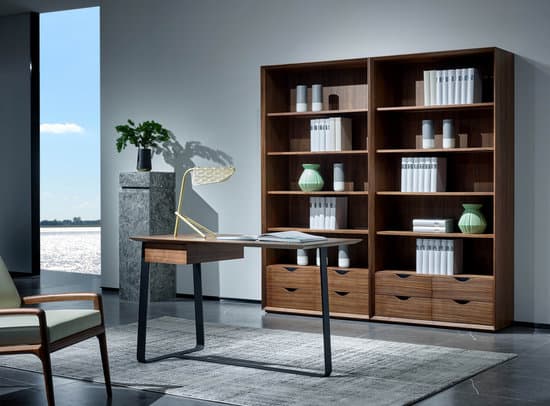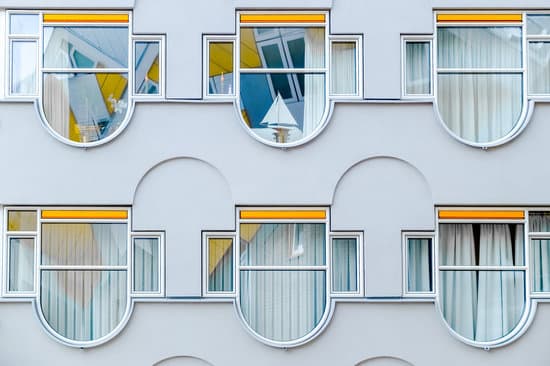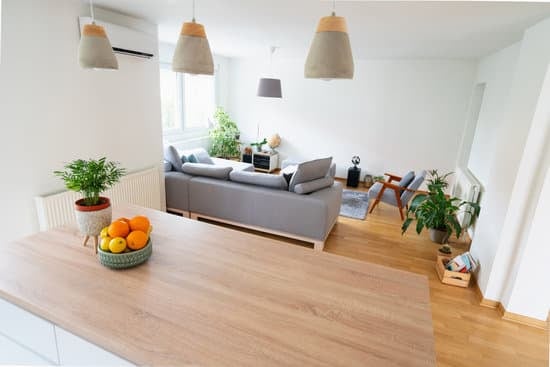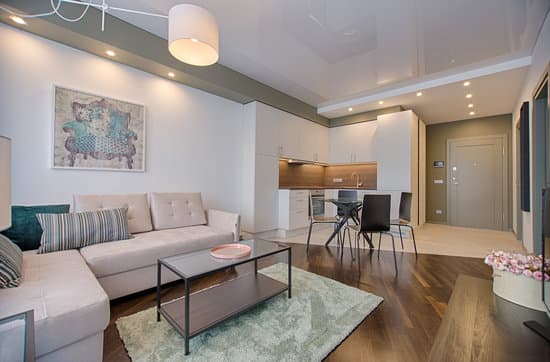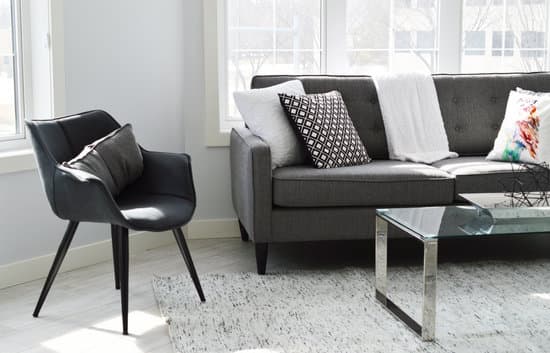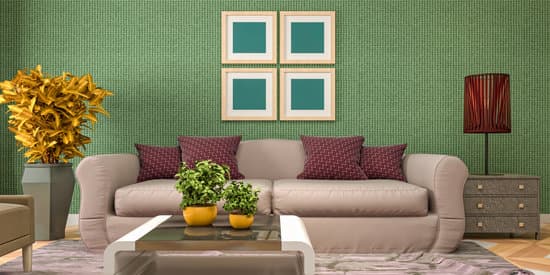To answer the question, there are three fundamental tropical design principles that should be considered when building structures in the tropics. These principles revolve around passive design, which is the use of natural elements to improve the living conditions in a building. Below are the three principles:
Beware of heat gain: In the tropical regions, the midday sun can be scorching, and that is why it’s essential to orient the building in a way that it has less exposure to sun rays, especially during summer. This means placing windows and openings in strategic locations that allow natural light to enter while also blocking the sun rays.
Low thermal mass materials: When building in tropical regions, using materials with low thermal mass is critical. Low thermal mass materials don’t absorb heat and transmit it to the interior of a structure. Concrete, for example, has high thermal mass and, therefore, retains heat, making the indoor environment uncomfortable. Materials such as timber, fibreglass, and shade cloth are ideal for keeping the interior of a building cool and comfortable.
Blind windows and walls: To prevent heat gain from the exterior and retain cool temperatures inside, consider using blinds or shutters for windows and walls with high thermal mass. These elements can limit the amount of sunlight that enters the building while also reducing the radiation of heat through the walls.
By adhering to these tropical design principles, you can create an energy-efficient and comfortable living space that allows you to live and thrive in the tropical climate.





